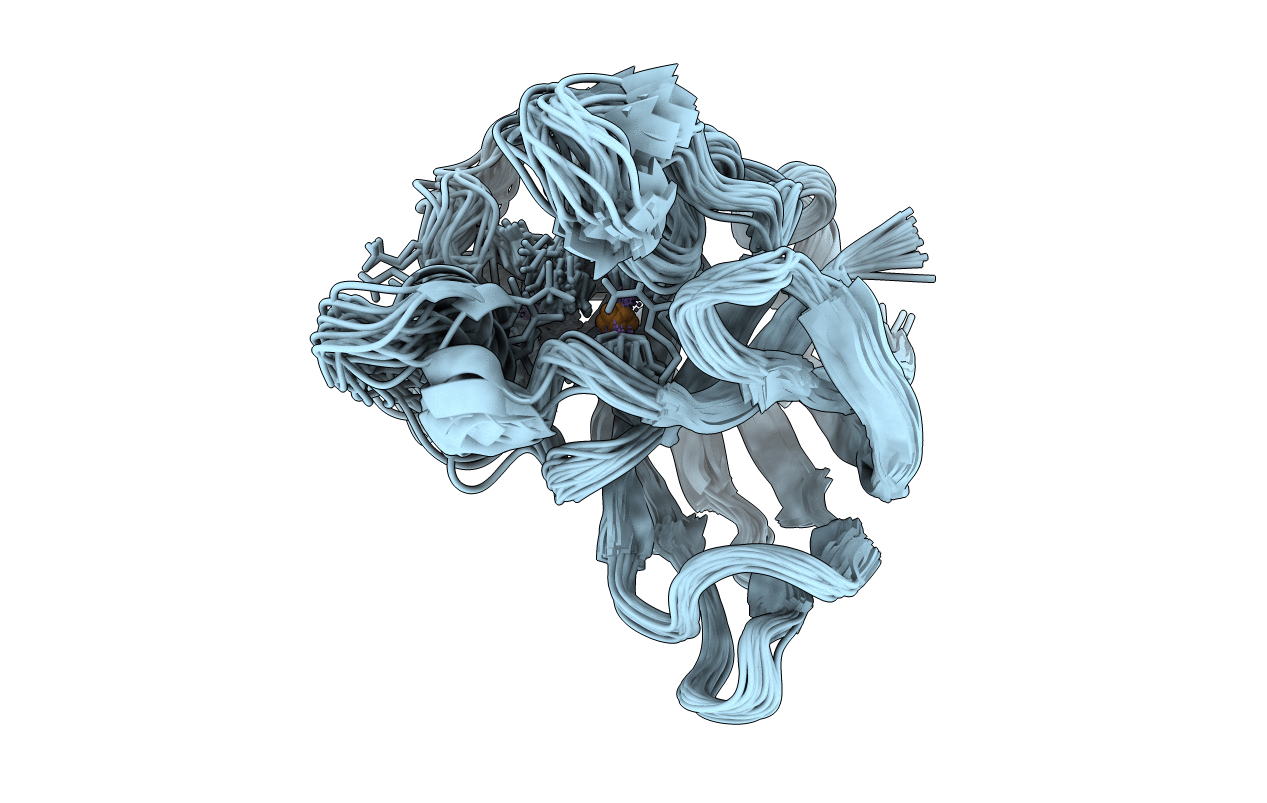
Deposition Date
2008-06-20
Release Date
2008-11-18
Last Version Date
2024-11-27
Entry Detail
PDB ID:
2K4W
Keywords:
Title:
The Solution Structure of the Monomeric Copper, Zinc Superoxide Dismutase from Salmonella enterica
Biological Source:
Source Organism:
Host Organism:
Method Details:
Experimental Method:
Conformers Calculated:
200
Conformers Submitted:
30
Selection Criteria:
target function


